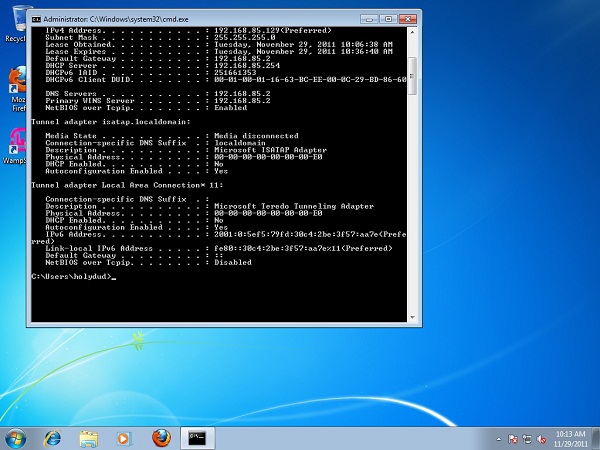

- Windows port map update#
- Windows port map windows 10#
- Windows port map Pc#
- Windows port map windows 7#
Be sure to replace storageaccountname with your storage account name and myfileshare with your file share name: You can directly access your Azure file share using the UNC path by entering the following into File Explorer. You don't need to mount the Azure file share to a particular drive letter to use it. When you're ready to dismount the Azure file share, right-click on the entry for the share under the Network locations in File Explorer and select Disconnect.Īccess an Azure file share via its UNC path Under Email address, use the storage account name, and use a storage account key as the password. Select More choices > Use a different account. Check the Connect using different credentials checkbox. Select the drive letter and enter the UNC path to your Azure file share. Under the Computer menu, select Map network drive. This will change the menus available in the ribbon.
Windows port map Pc#
Navigate to This PC on the left-hand side of the window. Open File Explorer by opening it from the Start Menu, or by pressing the Win+E shortcut.
Windows port map windows 10#
Note that the following instructions are shown on Windows 10 and may differ slightly on older releases. Mount the Azure file share with File Explorer You have now mounted your Azure file share. Paste the script into a shell on the host you'd like to mount the file share to, and run it. Select the drive letter to mount the share to. Select the file share you'd like to mount. Navigate to the storage account that contains the file share you'd like to mount. The Azure portal provides you with a script that you can use to mount your file share directly to a host. Therefore, you must ensure that you mount/save the credentials for the Azure file share from the context of the service account rather than your administrative account. One important consideration for successfully migrating an LOB application to use an Azure file share is that many applications run under the context of a dedicated service account with limited system permissions rather than the VM's administrative account. If this is not sufficient for your workload, Azure File Sync may be used, or you may use identity-based authentication over SMB.Ī common pattern for lifting and shifting line-of-business (LOB) applications that expect an SMB file share to Azure is to use an Azure file share as an alternative for running a dedicated Windows file server in an Azure VM. A storage account key is an administrator key for a storage account, including administrator permissions to all files and folders within the file share you're accessing, and for all file shares and other storage resources (blobs, queues, tables, etc.) contained within your storage account.

This article uses the storage account key to access the file share. To use an Azure file share with Windows, you must either mount it, which means assigning it a drive letter or mount point path, or access it via its UNC path. To learn about ways to work around a blocked 445 port, see the Cause 1: Port 445 is blocked section of our Windows troubleshooting guide. You can check if your firewall is blocking port 445 with the Test-NetConnection cmdlet. Premium file shares (FileStorage), LRS/ZRSĮnsure port 445 is open: The SMB protocol requires TCP port 445 to be open connections will fail if port 445 is blocked.

We always recommend taking the most recent KB for your version of Windows. We strongly recommend migrating off of these operating systems.
Windows port map update#
It is possible to purchase additional support for security updates only through the Extended Security Update (ESU) program.

Windows port map windows 7#
Yes, with KB5004249 or newer and applied registry keyġRegular Microsoft support for Windows 7 and Windows Server 2008 R2 has ended. Yes, with KB5004238 or newer and applied registry key Older versions of Windows that support only SMB 2.1 cannot mount Azure file shares via the public endpoint. In order to use an Azure file share via the public endpoint outside of the Azure region it is hosted in, such as on-premises or in a different Azure region, the OS must support SMB 3.x. This article discusses the considerations for using an Azure file share with Windows and Windows Server. Azure file shares can be seamlessly used in Windows and Windows Server. Azure Files is Microsoft's easy-to-use cloud file system.


 0 kommentar(er)
0 kommentar(er)
